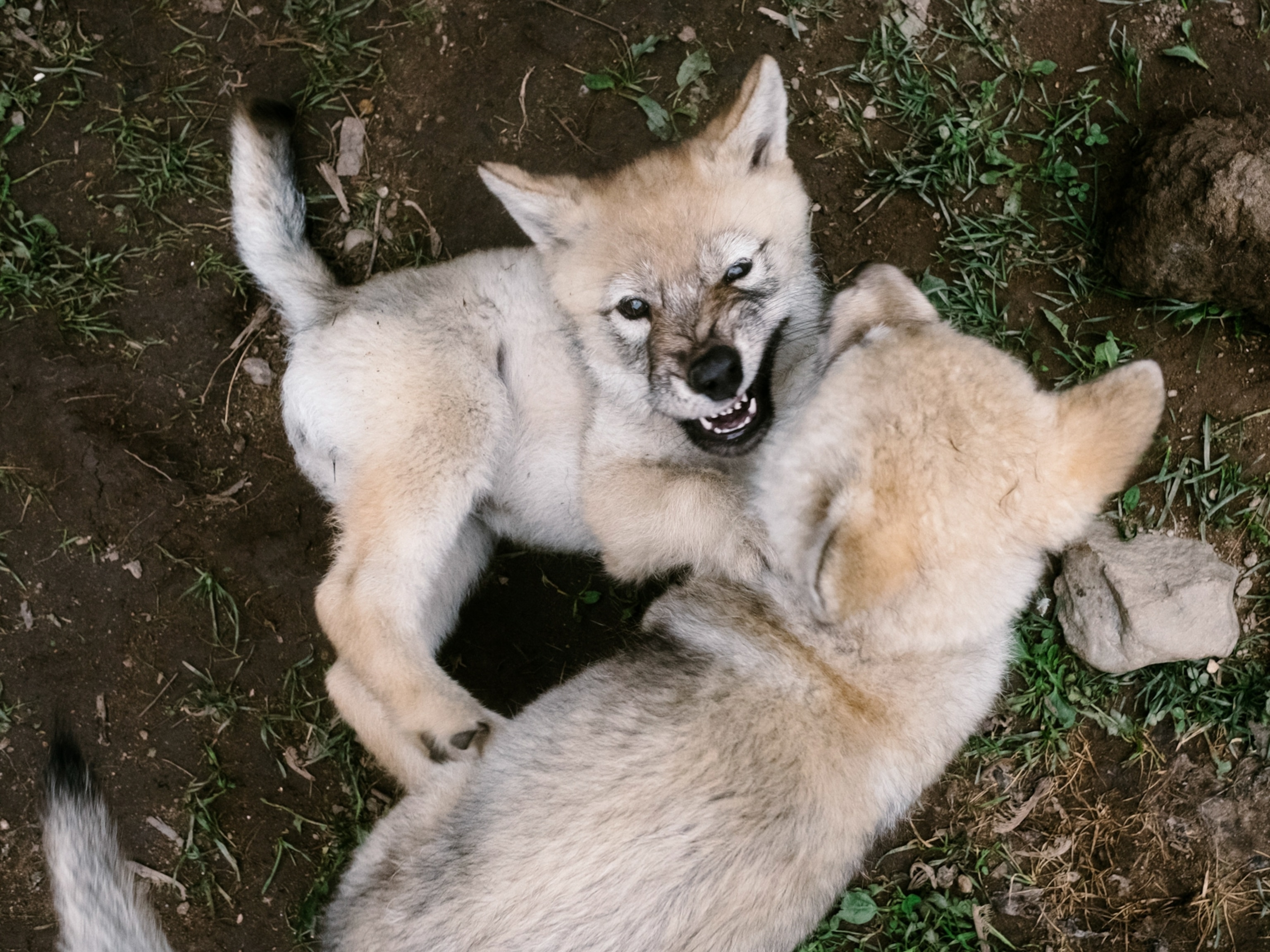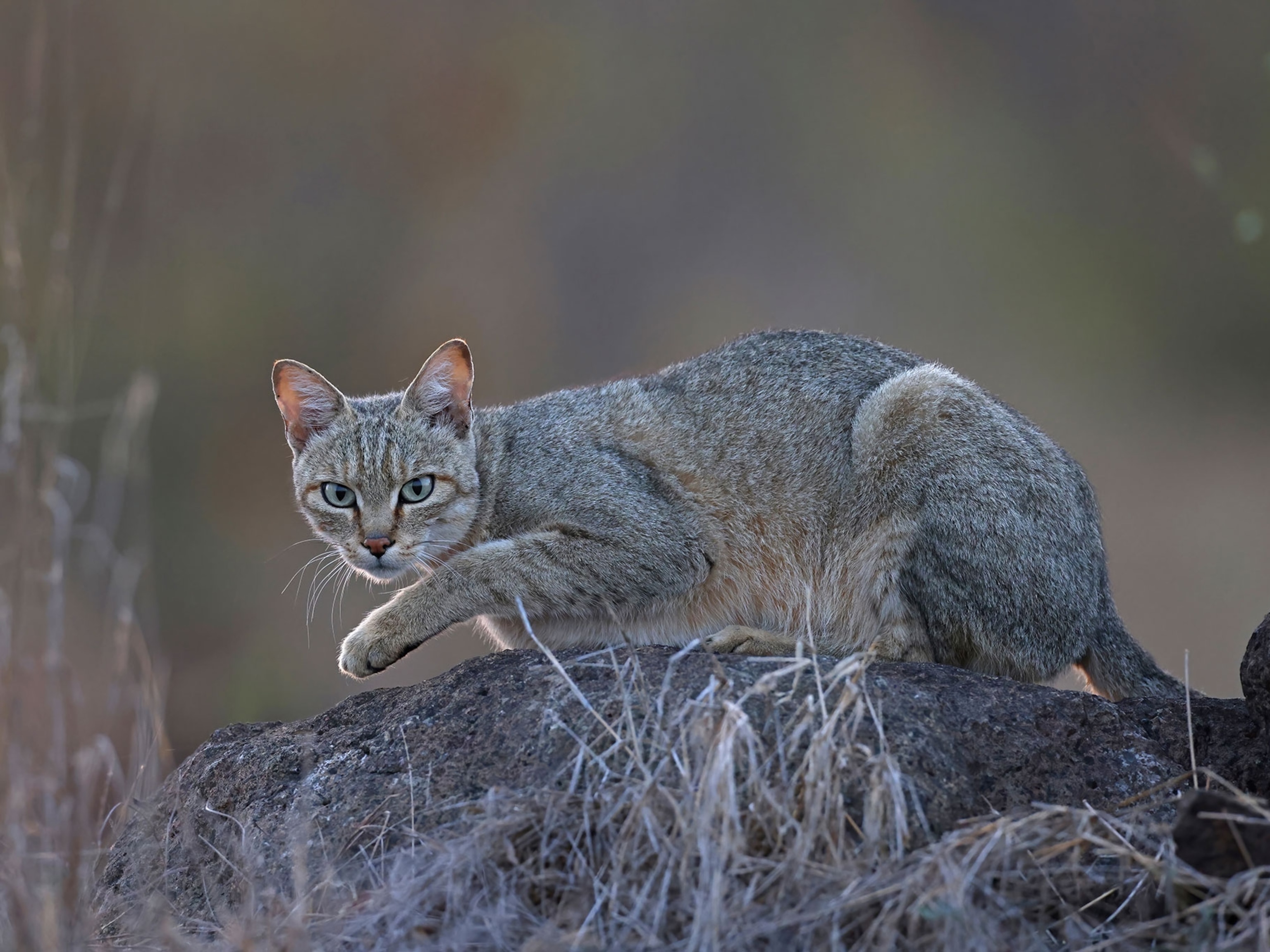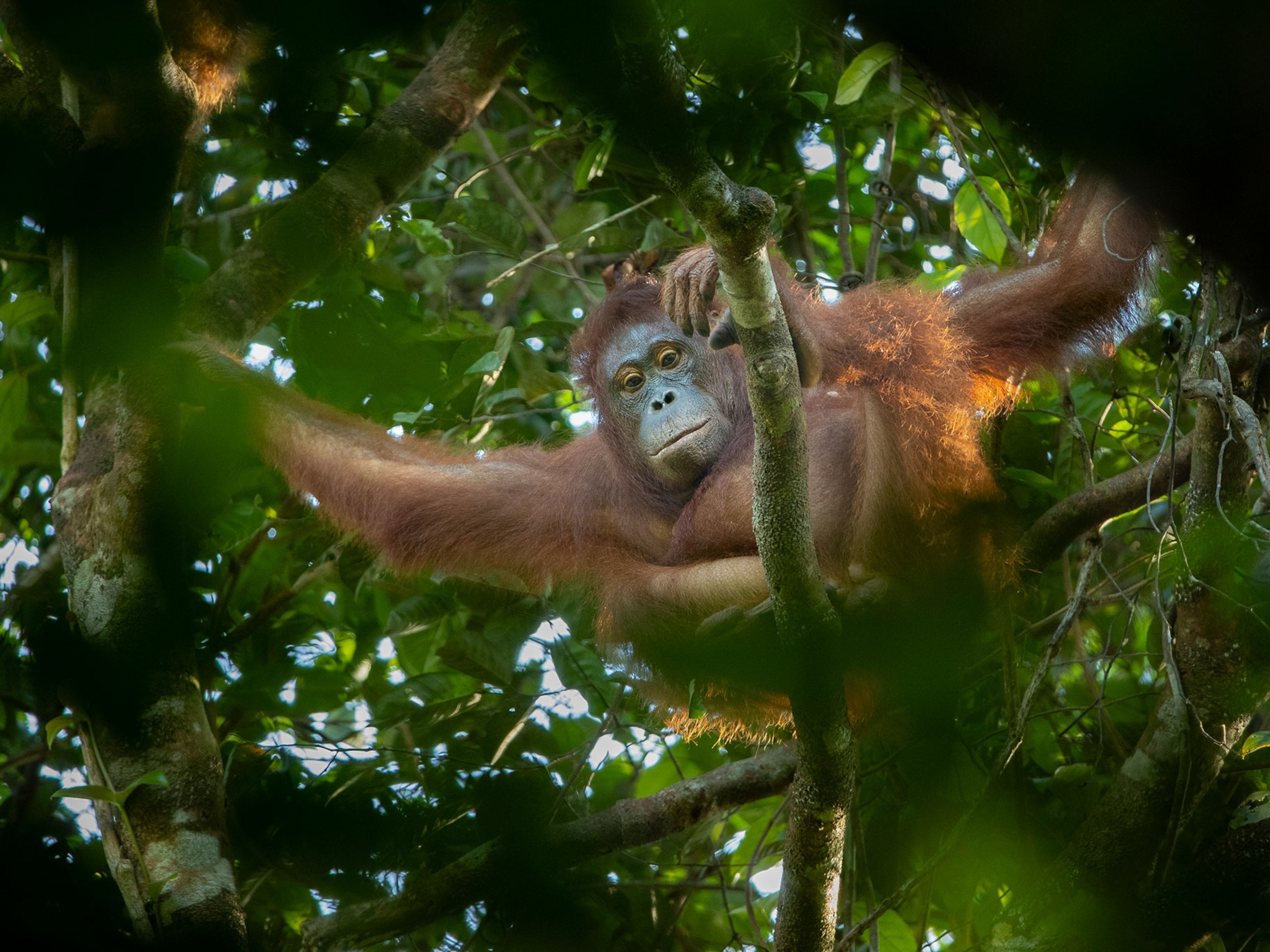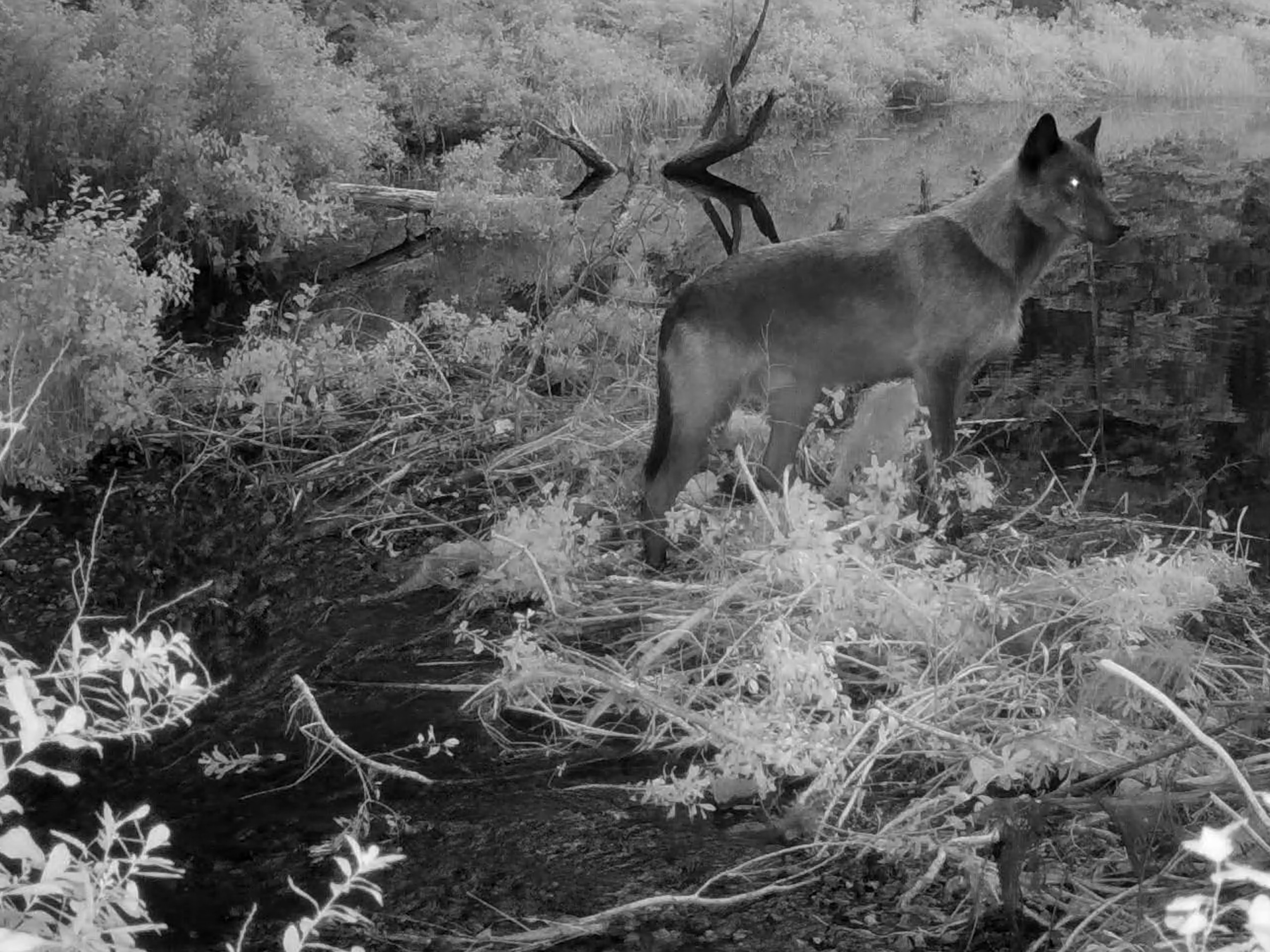
7 Surprising Facts About the Giant River Otter
See what's so cool about these six-foot-long freshwater denizens.
Reddit users are going crazy about the giant river otter (Pteronura brasiliensis)—an Amazonian giant that can reach up to six feet (1.8 meters) long. That's more than twice as long as a North American river otter—arguably with double the coolness.
Here are seven facts you otter know about this South American member of the Mustelidae family.
1. The first ever giant river otter cub born in Asia arrived at Wildlife Reserves Singapore just this last August, UPI reports. Dr. Cheng Wen-Huar, WRS's chief life sciences officer, was quoted as saying, "With increasing threats such as habitat destruction and poaching, captive breeding programs play a pivotal role in conserving threatened species for our future generations." You can see a newborn member of the next generation looking impossibly cute here on ZooBorns.
2. Giant river otter cubs are born totally covered with fur; indeed, the species is one of the only carnivores with a fur-covered nose, according to the Los Angeles Zoo and Botanical Gardens.
3. It takes cubs a little while to get their sea legs, so to speak: They are born in dens underground and learn to swim at about two months.
4. Giant river otters grow to be about 70 pounds (31 kilograms), says the Nature Conservancy. Some sea otters might get heavier.
5. The giant river otter is among the rarest, though: Once hunted for its pelt and now facing habitat loss and other threats, it was moved from "vulnerable" to "endangered" on the International Union for Conservation of Nature's Red List between 1996 and 2000.
6. The Animal Diversity Web of the University of Michigan's Museum of Zoology says the giant river otter has few predators, but jaguars are among them. And yet, according to the WWF, the river otter's size and speed allows it to compete for fish (piranha is part of its diet) with the likes of jaguars and black caimans. It's also known as the "river wolf."
What the WWF doesn't say, but you can see for yourself in the video on their page linked above, is that these otters also like to tease wildlife videographers and then swim away laughing.
7. Giant otters are very social animals, according to the Animal Diversity Web. Their social calendars include grooming, hunting, resting, and communicating, which they do using nine different vocalizations—most of which are probably predator warnings or contact calls.





